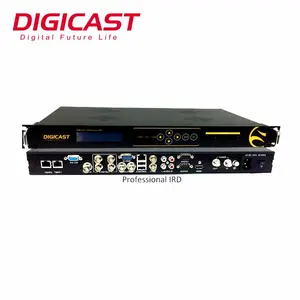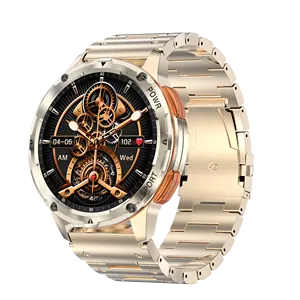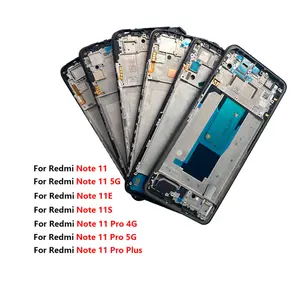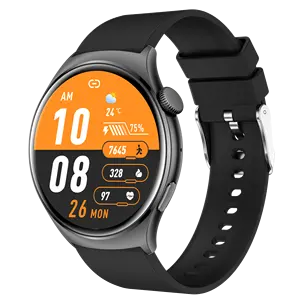Popular in your industry
























































































































































































Top categories
About tv multiplex
A TV multiplex is a device that combines multiple television programs into a single signal to be transmitted over the air or through cable. The concept of a multiplex is to use one transmission channel to carry multiple signals in such a way that they can be separated at the receiving end. A multiplex TV digital can provide viewers with access to a variety of channels, expanding their entertainment options. In addition to the traditional broadcast, a DTV MUX can also be used to deliver video content through digital platforms.
Types of digital TV multiplex
There are several types of MUX digital TV, and each has its own characteristics and applications. The most common types include time-division multiplexing (TDM), frequency-division multiplexing (FDM), and code-division multiplexing (CDM). Time-division multiplexing combines multiple signals by allocating each signal a different time slot. This method is suitable for transmitting digital signals. Frequency-division multiplexing is used to combine multiple signals by dividing the available bandwidth into frequency bands, with each signal occupying a different band. It is commonly used in analog systems. Code-division multiplexing is a method that assigns a unique code to each signal, allowing them to share the same frequency band simultaneously. This technique is often used in wireless communication networks.
Applications of digital TV multiplex
A MUX TV one can be applied in various scenarios. In broadcasting, a digital TV multiplex is used to combine different video and audio signals into a single data stream, which can then be transmitted over the air. This enables the efficient use of the limited bandwidth available for television broadcasting. In telecommunications, multiplexing is used to optimize the use of network resources. For example, in fiber-optic communication, wavelength-division multiplexing (WDM) can be used to combine multiple optical signals of different wavelengths onto a single fiber, increasing the data-carrying capacity of the network. In addition to traditional broadcasting and telecommunications, multiplexing technologies are also used in modern digital platforms, such as internet streaming services, where multiple audio and video streams are combined and transmitted to users over the internet.
Features of digital TV multiplex
A digital TV multiplex is designed to efficiently combine and distribute multiple audio and video signals. It is equipped with features such as signal processing, modulation, and error correction to ensure the quality and reliability of the transmitted content. The multiplex may include a multiplexer that combines the signals and a demultiplexer at the receiving end to separate them. These devices are typically integrated with encoding and decoding capabilities to support different video and audio formats. A digital TV multiplex also includes synchronization mechanisms to coordinate the timing of the combined signals, ensuring a seamless viewing experience for the end-users. Moreover, the multiplex may incorporate advanced features such as conditional access control to enable secure content delivery and service multiplexing to support the transmission of multiple services within the same broadcast.
















































